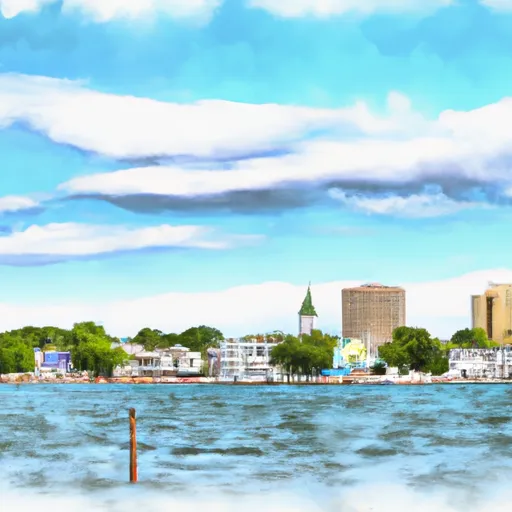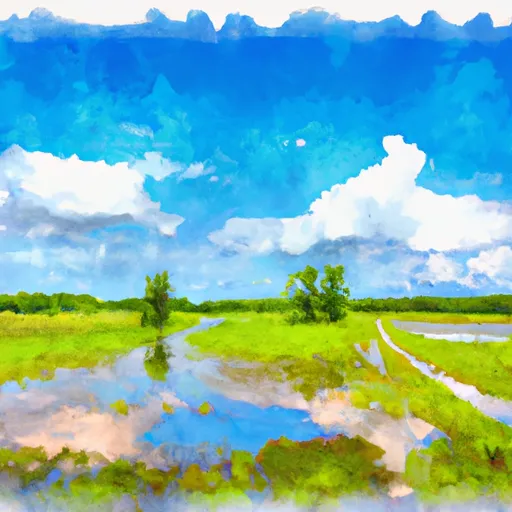°F
°F
mph
Windspeed
%
Humidity











Okoboji, Iowa is a charming town located in the northwestern part of the state. The climate in Okoboji is characterized by warm summers and cold winters, with average temperatures ranging from the 70s in summer to the 20s in winter. The area is known for its numerous lakes, including West Okoboji Lake, East Okoboji Lake, and Spirit Lake. These lakes provide a picturesque setting for various outdoor activities like boating, fishing, and swimming. The hydrology constituents of the lakes include clear water, sandy beaches, and abundant aquatic life. Outdoor enthusiasts can also enjoy hiking and biking trails, golf courses, and wildlife watching opportunities. With its beautiful lakes and diverse outdoor recreation options, Okoboji is a haven for nature lovers and adventure seekers.
Weather Forecast
Okoboji receives approximately 756mm of rain per year, with humidity levels near 81% and air temperatures averaging around 8°C. Okoboji has a plant hardyness factor of 5, meaning plants and agriculture in this region thrive during a short period during spring and early summer. Most plants will die off during the colder winter months.
Regional Streamflow Levels
44
Cubic Feet Per Second
421
Cubic Feet Per Second
20,300
Cubic Feet Per Second
27
Cubic Feet Per Second
Nearby Camping
| Camping Area | Reservations | Toilets | Showers |
|---|---|---|---|
| Cocklin Fish Farm | |||
| Nishna Bend Rec Area | |||
| Viking Lake State Park | |||
| Pilot Grove Co Park | |||
| Prairie Rose State Park | |||
| Cold Spring Park |



